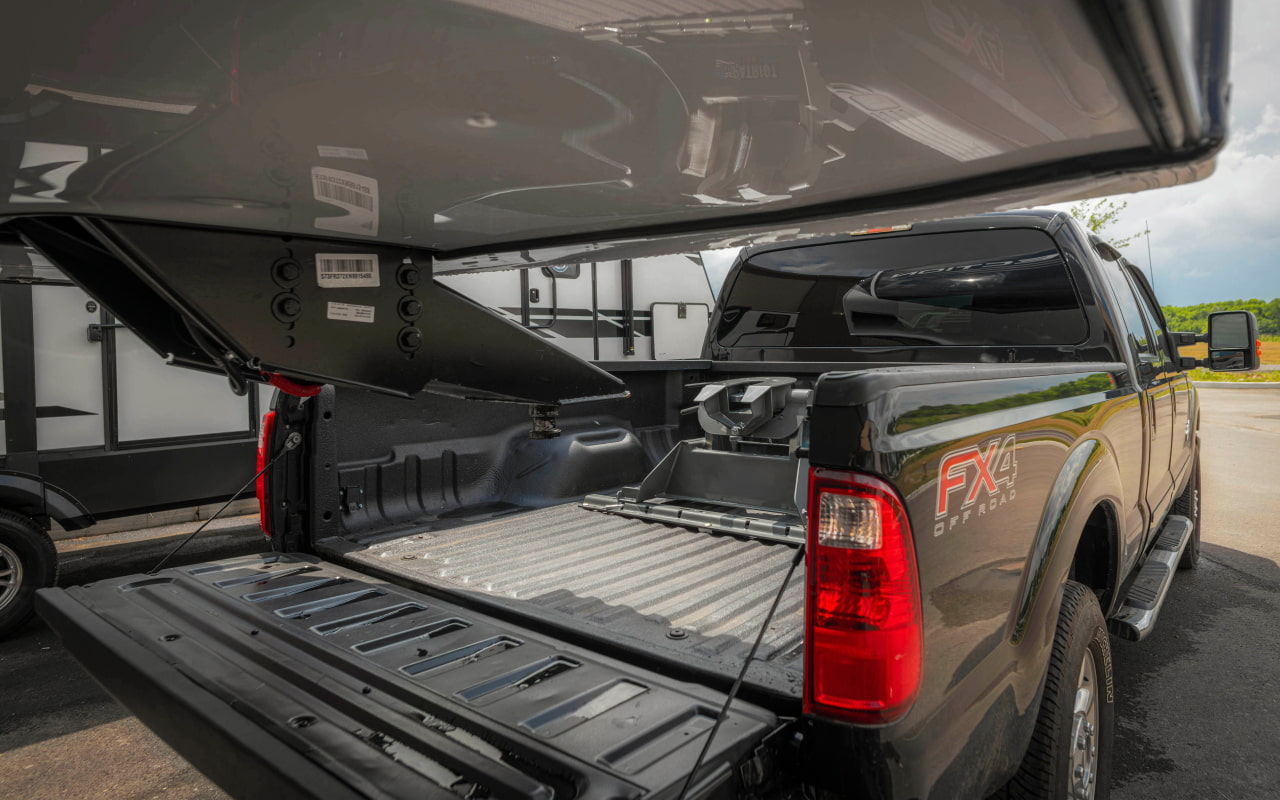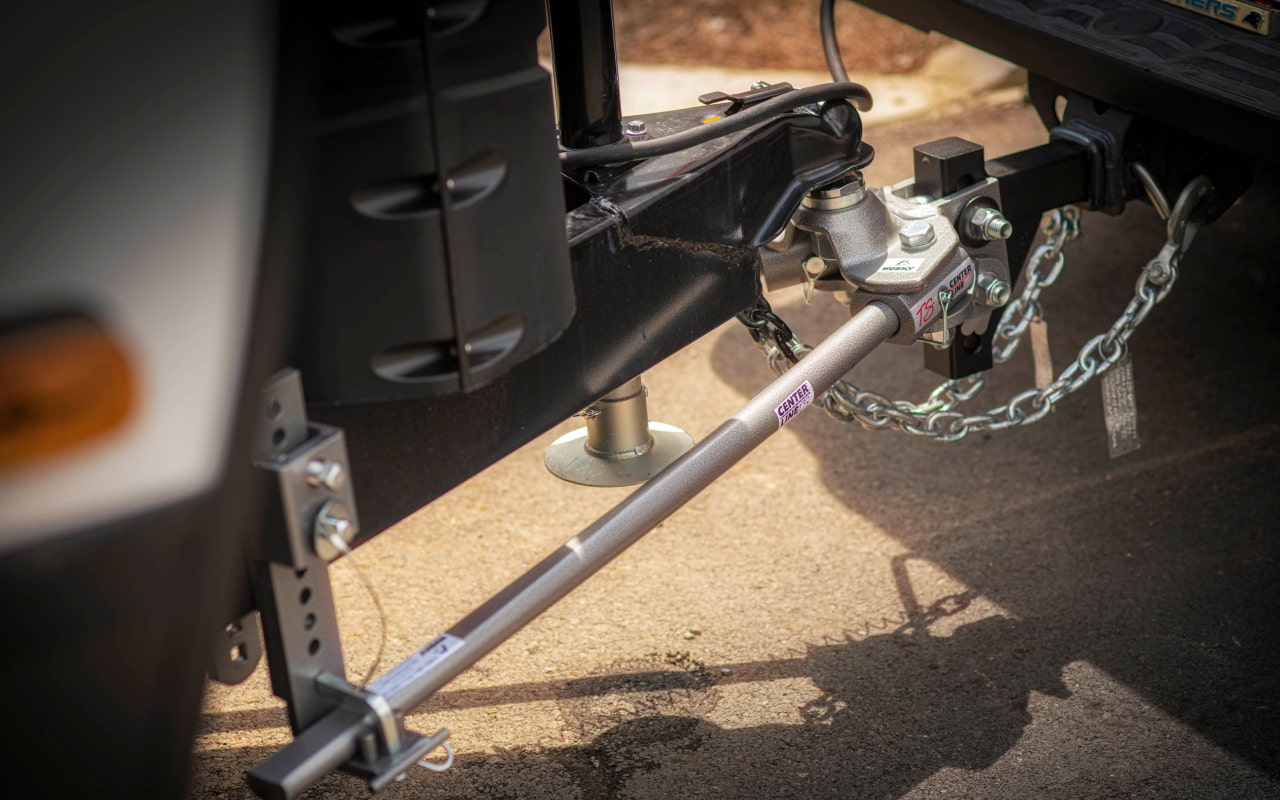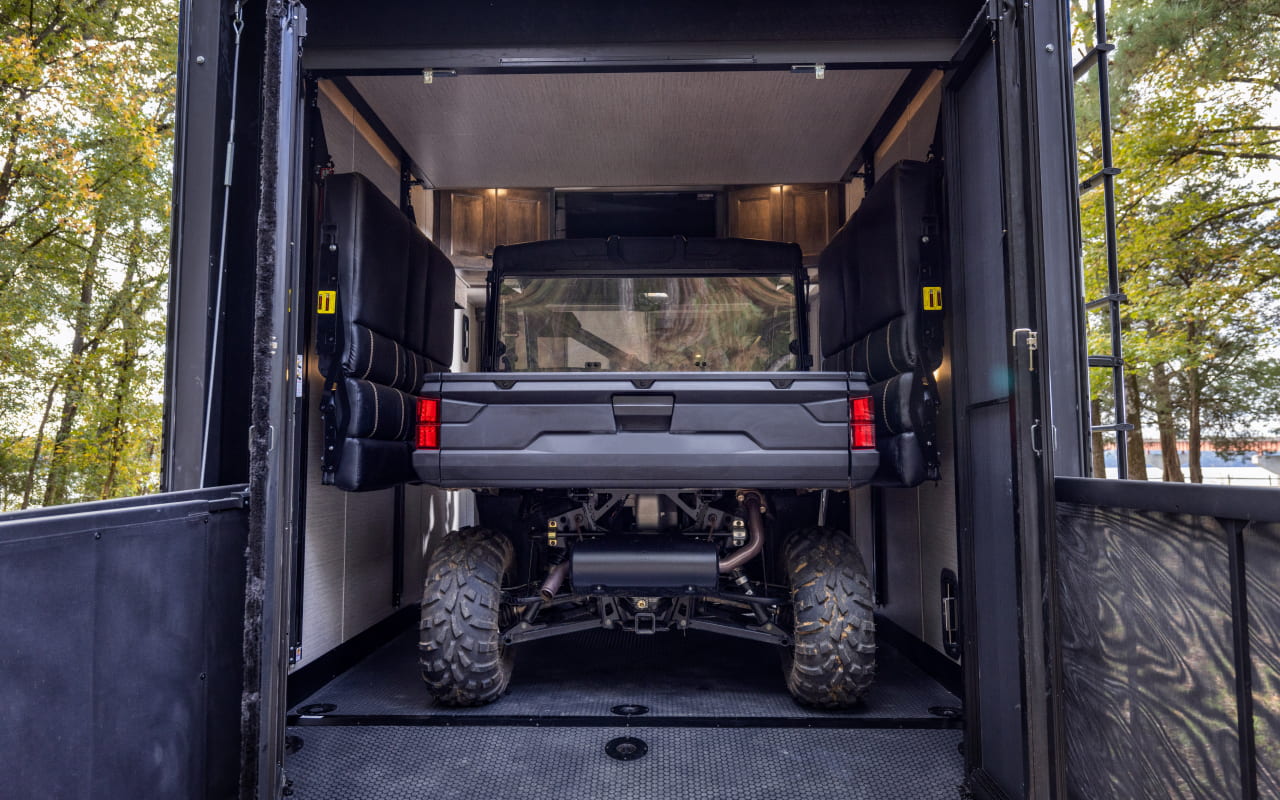
The most important part of your RV is one that’s often overlooked, but it’s crucial in keeping things watertight. Your RV’s sealants, or caulking, are crucial elements of your rig that help prevent unwanted water damage, weathering, and other issues. When your sealants are in optimal shape, you might not even realize they’re working 24/7 to keep your RV protected.
New RVs for sale are outfitted with features and construction that help keep things watertight, but over time you may need to consider resealing important components when you’re working on your RV.
When replacing any exterior elements of your RV, repairing RV slide outs, or during a seasonal RV inspection, you may find that it’s time to replace sealants or caulking. This is a crucial step of any exterior RV upkeep that can bring peace of mind and worry-free RVing. There are several types of RV sealant and caulking on the market, and each brings unique benefits.
RV Sealant Types
Your RV’s roof, windows, doors, vents, and slide outs are some of the areas that need to be properly sealed. When things are properly sealed, unwanted water is not able to enter your RV. But over time, during repairs, or after damage, the sealant may not be effective any longer and should be replaced. There are several RV sealant types available to help keep things watertight.
Self-Leveling RV Sealant
This is the most popular type of RV sealant, it takes longer to dry than other sealant types but can also provide a more effective bond. Often considered the best RV sealant, it is used on horizontal services where gravity helps do a lot of the work. When applying self-leveling RV caulking, there is not as much of a need to spread the product as its self-leveling qualities ensure it adequately distributes as it dries.
RV roofs are made waterproof with self-leveling sealant that slowly adheres to all nooks and crannies of the application area as it dries, providing an incredibly effective seal. It also retains some pliability that makes it especially durable on a moving RV.
RV Sealant for Vertical Surfaces
For vertical surfaces on your RV, a non-leveling sealant must be used. This is caulking more similar to the kind used outside of the RVing space. During application, it must be spread manually so it covers the entire desired area. It’s perfect for vertical surfaces because it doesn’t run like its self-leveling counterpart.
Purchasing RV-specific vertical caulking is important as the RV caulking is made to last in RVing conditions. When the RV is moving on the road, you’ll be happy knowing that it’s sealed with caulking that’s built for these exact conditions.
RV Sealant Tape
RV sealant tape is another choice that can be used for vertical and horizontal surfaces alike. It is most commonly a butyl rubber on an adhesive roll that provides an instant seal where it’s applied. It can be used on uniquely shaped joints on virtually any RV surface. It’s most commonly used for small areas, as it can be more expensive than other types of RV sealants.
Slide Out Seals
RV slide outs are most often sealed with specific products for the job, such as wiper seals. These are large sealing components that are best installed by professionals. They are adhered to the RV and provide a large sealing coverage area. Other sealants such as RV caulking may be used alongside the large RV slide out seals, depending on the installation.
RV Sealant vs RV Caulking
In most instances, sealant and caulking are the same product from an RV perspective. The caulk used in RVs can be more flexible than caulking typically used in bricks and sticks buildings. Many RVers refer to this RV-specific caulking as sealant. From a utilization perspective, both RV caulking and sealant are products that keep an RV watertight in the seams where it is applied.
RV Resealing Tips
Whether you’re driving a brand new RV or you’re camping in a used RV, there are already sealants throughout your rig that help keep things safe. As time goes on, you may need to replace your RV caulking to ensure things are properly sealed. In general, RV sealants need to be replaced when:
- An exterior-facing component, such as a vent, is being replaced
- You are noticing leaks in your RV
- You’re undergoing RV roof repair
- There is damage identified by a seasonal RV inspection
Visit your local Lazydays RV repair shop for RV resealing, repairs, and all the services your RV needs to run smoothly.



